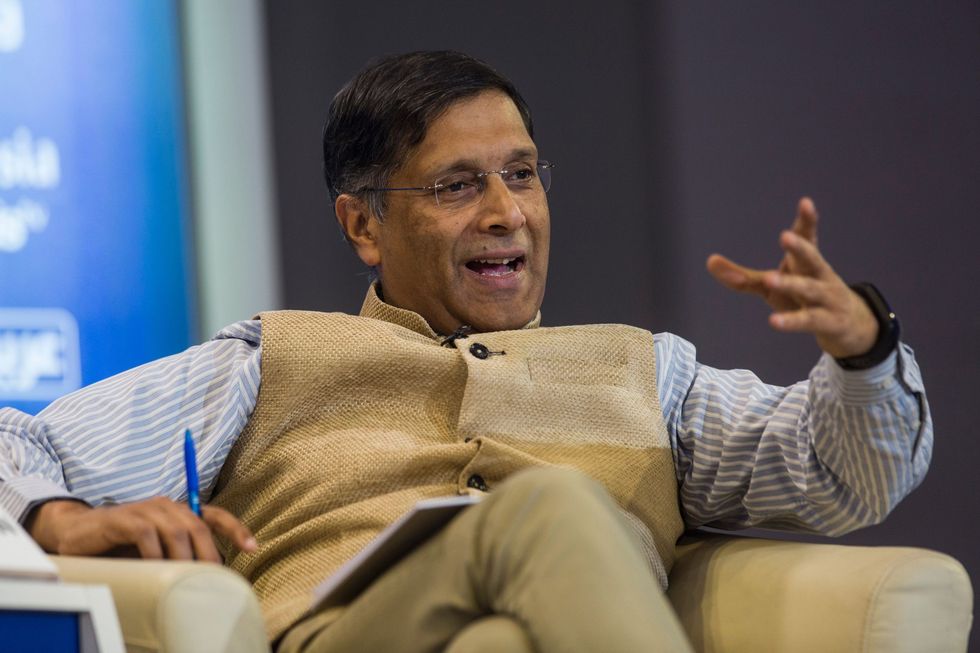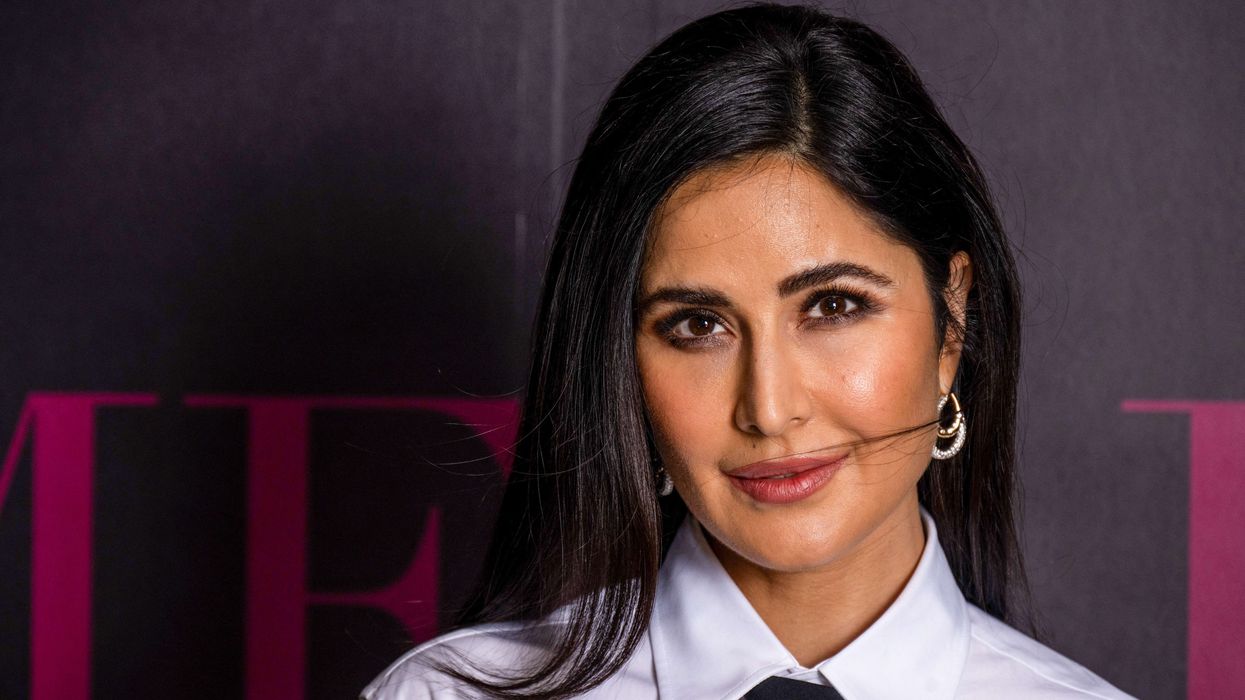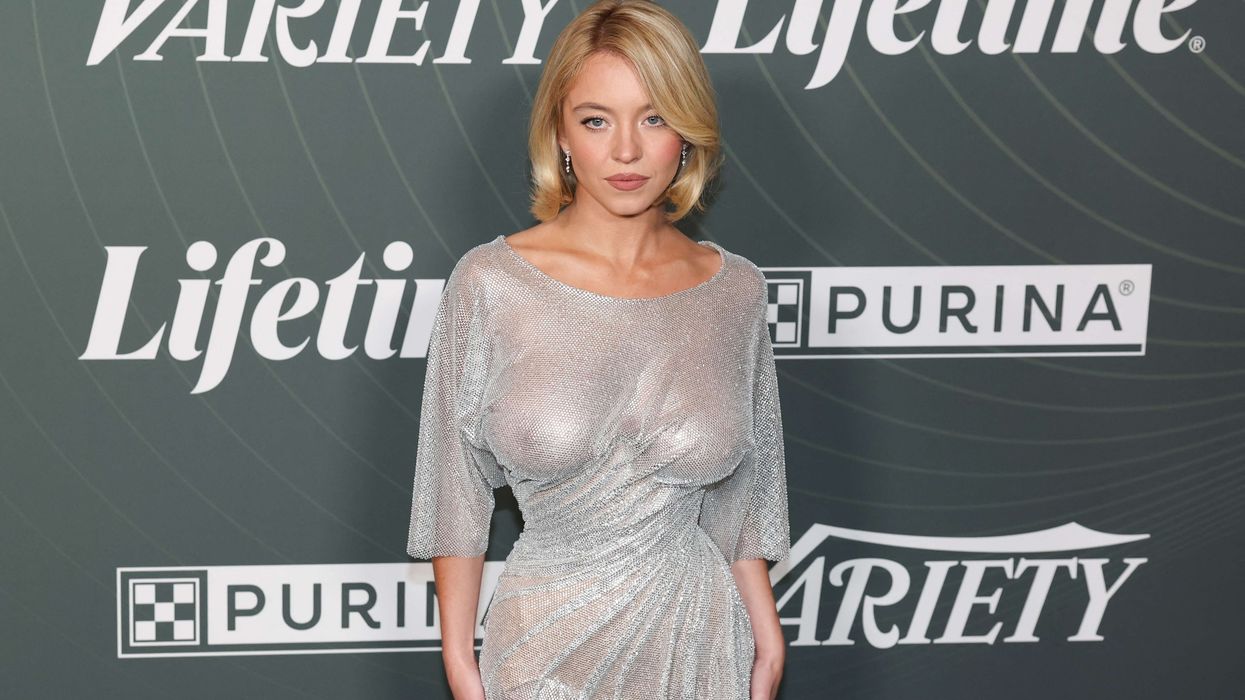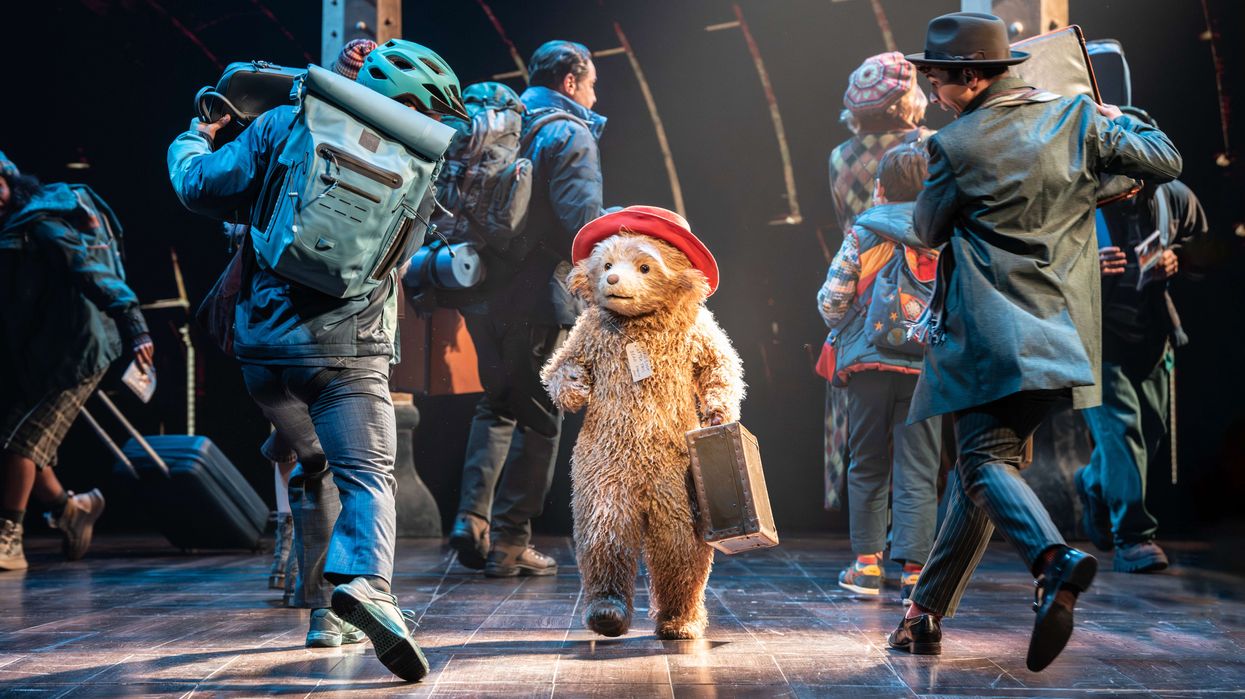Study says pandemic worst human tragedy since partition
A RESEARCH paper in the US estimates the number of excess deaths in India during the pandemic so far is somewhere between 3.4 million and 4.9 million.
This compares with the government’s figure that about 400,000 have died from Covid in a country with a population of 1.4 billion. The report states: “True deaths are likely to be in the several millions not hundreds of thousands, making this arguably India’s worst human tragedy since Partition
and independence.”
In their conclusion, the authors – Abhishek Anand, Justin Sandefur, and Arvind Subramanian – comment: “Of another existential threat, Bob Dylan accusingly asked, ‘How many deaths will it take till we know that too many people have died?’ This Covid pandemic in India has seen a curious but no less tragic inversion of that sentiment: only a sense that too many died in the second wave has really galvanised the effort to find out the true number of deaths.”
Their paper, “Three New Estimates of India’s All-Cause Excess Mortality during the Covid-19 Pandemic”, has been published by the Center for Global Development, a Washington-based research institute.
Anand is attached to Harvard University, while Subramanian, a senior Fellow at Brown University, is a former chief economic adviser to India’s prime minister Narendra Modi.
They begin their paper by identifying their sources: “India lacks an authoritative estimate of the death toll from the Covid-19 pandemic. We report excess mortality estimates from three different data sources from the pandemic’s start through June 2021. First, extrapolation of state-level civil registration from seven states suggests 3.4 million excess deaths.
Second, applying international estimates of age-specific infection fatality rates (IFR) to Indian seroprevalence data implies a higher toll of around 4 million.”
Seroprevalence is the number of persons in a population who test positive for a specific disease based on serology specimens; often presented as a percentage of the total specimens tested or as a proportion per 100,000 persons tested.
The paper adds: “Third, our analysis of the Consumer Pyramid Household Survey, a longitudinal panel of over 800,000 individuals across all states, yields an estimate of 4.9 million excess deaths.”
The paper acknowledges: “Each of these estimates has shortcomings and they also diverge in the pattern of deaths between the two waves of the pandemic. Estimating Covid-deaths with statistical confidence may prove elusive. But all estimates suggest that the death toll from the pandemic is likely to be an order of magnitude greater than the official count of 400,000; they also suggest that the first wave was more lethal than is believed. Understanding and engaging with the data-based estimates is necessary because in this horrific tragedy the counting – and the attendant accountability – will count for now but also the future.”
The paper explains: “The Center for Global Development works to reduce global poverty and improve lives through innovative economic research that drives better policy and practice by the world’s top decision makers.”
But it adds: “The views expressed in CGD Working Papers are those of the authors.”
In the introduction, the paper states: “India’s official Covid death count as of end-June 2021 is 400,000. The reality is, of course, catastrophically worse. A sense that the official estimates are under-counting deaths is suggested by simple cross-country comparisons. The end-June official death count implies deaths per capita of 0.3 for India, whereas the comparable numbers for large countries in Europe and the Americas are substantially greater (well in excess of three for Mexico and Peru and around two in Brazil, Italy, US, and UK) even though infection rates are lower.”
Getting hard data from India has been difficult. “But this picture is fast changing. And we are now, for the first time, getting data-based estimates of excess deaths at an all-India level. This owes, in part, to the heroic efforts of a number of journalists, newspapers, and researchers who have used domestic laws and unrelenting investigative sleuthing to obtain accurate and timely official data during the apocalyptic second wave. These data are compiled by the Indian states as part of the civil registration of deaths (CRS). In part, new estimates are possible because of a number of sero-prevalence studies in India which, in conjunction with data from around the world on infection fatality rates (IFRs), allow estimation of excess deaths during Covid.
“And finally, it owes to a new data source, the consumer pyramid household survey (CPHS) produced by the Centre for the Monitoring of the Indian Economy (CMIE) which has been interviewing households all over India on a timely basis. Although the focus of the CPHS has been employment, income and consumption, a collateral benefit has been its data on mortality.”
According to the “States’ Civil Registration Systems” (CRS), two million died in the first wave between April 2020 and March 2021, and 1.4 million in the second wave from April to June, 2021, giving a total of 3.4 million deaths. Using “international age specific infection fatality rates applied to Indian demography and seroprevalence”, the deaths numbered 1.5 million and 2.4 million in the first and second waves respectively, giving a total of four million.
And analysis of data from Consumer Pyramid Household Survey (CPHS), the toll is 3.4 million and 1.5 million in the first and second waves, respectively, producing a total of 4.9 million.

The paper says: “To our knowledge, the only survey data collecting death information for all of India for the entire pandemic period is the Consumer Pyramids Household Survey (CPHS) conducted by the private firm Centre for Monitoring Indian Economy (CMIE). The CPHS constitutes a longitudinal panel of individuals, with information spanning roughly 868,000 individuals across roughly 177,000 households interviewed once every four months, with about one fourth of the sample interviewed each calendar month.
“Since September 2014, the CPHS has recorded whether any member of the family has died in the four months covered by the survey. No information on the cause of death is recorded, nor on the precise timing of deaths between rounds. The spacing of the survey rounds and the lack of a birth roster make the data poorly suited for estimating infant mortality, but better suited for adult mortality which is of particular relevance given the known age-profile of Covid-19 fatality rates.
“So, in principle, the CPHS provides a source – and perhaps the only survey data source – for estimating excess death estimates for India as a whole.”
The authors acknowledge that “each of these estimates has shortcomings” but add: “Even with all these caveats, there are three important take-aways from our findings.
“First, unsurprisingly, there is considerable uncertainty within and across estimates. They range from about 1 million to 6 million overall, with central estimates varying between 3.4 million to 4.9 million.
“Second, the first wave seems to have been more lethal than is popularly believed. Because it was spread out in time and space, unlike the sudden and concentrated surge of the second wave, mortality in the first wave appeared moderate. But even the CRS data suggest that up to two million might have died in that period. In fact, not grasping the scale of the tragedy in real time in the first wave may have bred the collective complacency that led to the horrors of the second wave.
“Finally, and perhaps the most critical takeaway is regardless of source and estimate, actual deaths during the Covid pandemic are likely to have been an order of magnitude greater than the official count.”
The pandemic does seem to be easing in India. However, according to the New York Times, “Mr Modi’s government has warned of an impending third wave of infections, which government scientists say could strike as early as August.”














